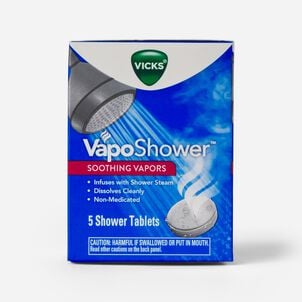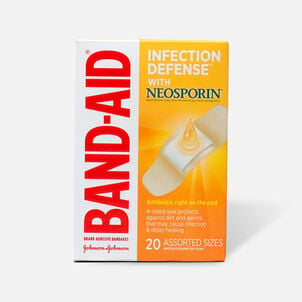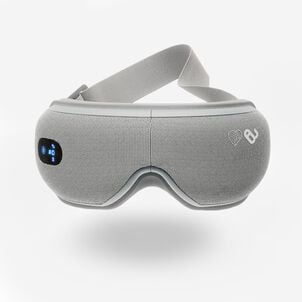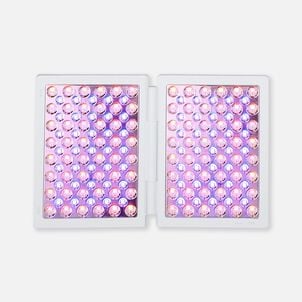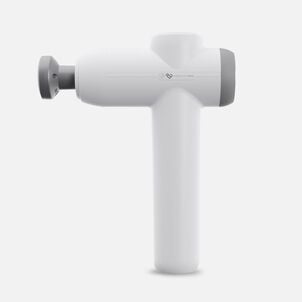Is it a headache or a migraine (and how to know the difference)?

If you've ever had a splitting headache, you've probably wondered if it's a migraine. After all, people tend to use the term "migraine" loosely. Whether it's been a tough day at work for an employee or a parent's children are screaming loudly, you've likely heard someone mutter, "I feel a migraine coming on."
But what exactly is a migraine and how is it different from a headache? Here's what you need to know about the two different types of head pain, and more importantly, ways that you might be able to treat them.
Are there different types of migraines?
The main difference between a migraine and a headache is that a migraine is a neurological condition. That sounds really intense, and for most people who experience migraines, it is. There are actually two main types of migraines: migraine with aura and migraine without aura.
Migraine with aura
According to the American Migraine Foundation, about one-quarter of people who experience migraines have migraines with aura. This type of migraine usually results in temporary loss of movement, speech and even sight. The symptoms are usually fully reversible, but as you can imagine, the experience is scary.
In fact, a lot of people who experience these types of migraines think that they are having a stroke. Because this type of migraine has very specific symptoms, there isn't usually as much confusion about whether it's a migraine or a headache. However, the more common type of migraine — migraine without aura — has symptoms that are similar to those of a headache.
Migraine without aura
Migraines without aura come with unique symptoms that are not present during headaches. The main symptoms that are present in a migraine that are not present in a headache include: sensitivity to light, smell or sound, nausea, vomiting and worsening during movement.
Even though some of the symptoms are similar to those of a headache, they are actually unique. Because of that, the symptoms are a way to differentiate between a headache and a migraine.
Pain relief for migraines
Depending on how often you get migraines, it might be a good idea to talk with your primary doctor about prescription treatment or other steps you can take to manage the symptoms, frequency and severity. These items might be able to help as well.
Migraine Deluxe Kit: This kit provides everything you need for fast pain relief during a migraine — compression head wrap, cooling packs and heat packs.
Headache Band: The headache band is a cold pack that you don't have to hold in place. Instead, it wraps around your head and stays put, which is a crucial feature when you barely move.
Excedrin Migraine: For an over-the-counter solution you can purchase with your FSA, this migraine-specific pain reliever has active ingredients that can help alleviate your worst migraine symptoms.
What about headaches?
Headaches are painful. Whether it's a small headache on one side of your forehead or a pounding headache that rings through your ears, headaches are never fun. The best way to deal with headaches is through preparation.
For most people, that means that they should have a supply of over-the-counter pain medication and other aids that can ease your symptoms. Here are a few products to consider using next time you get a painful headache.


.png)






